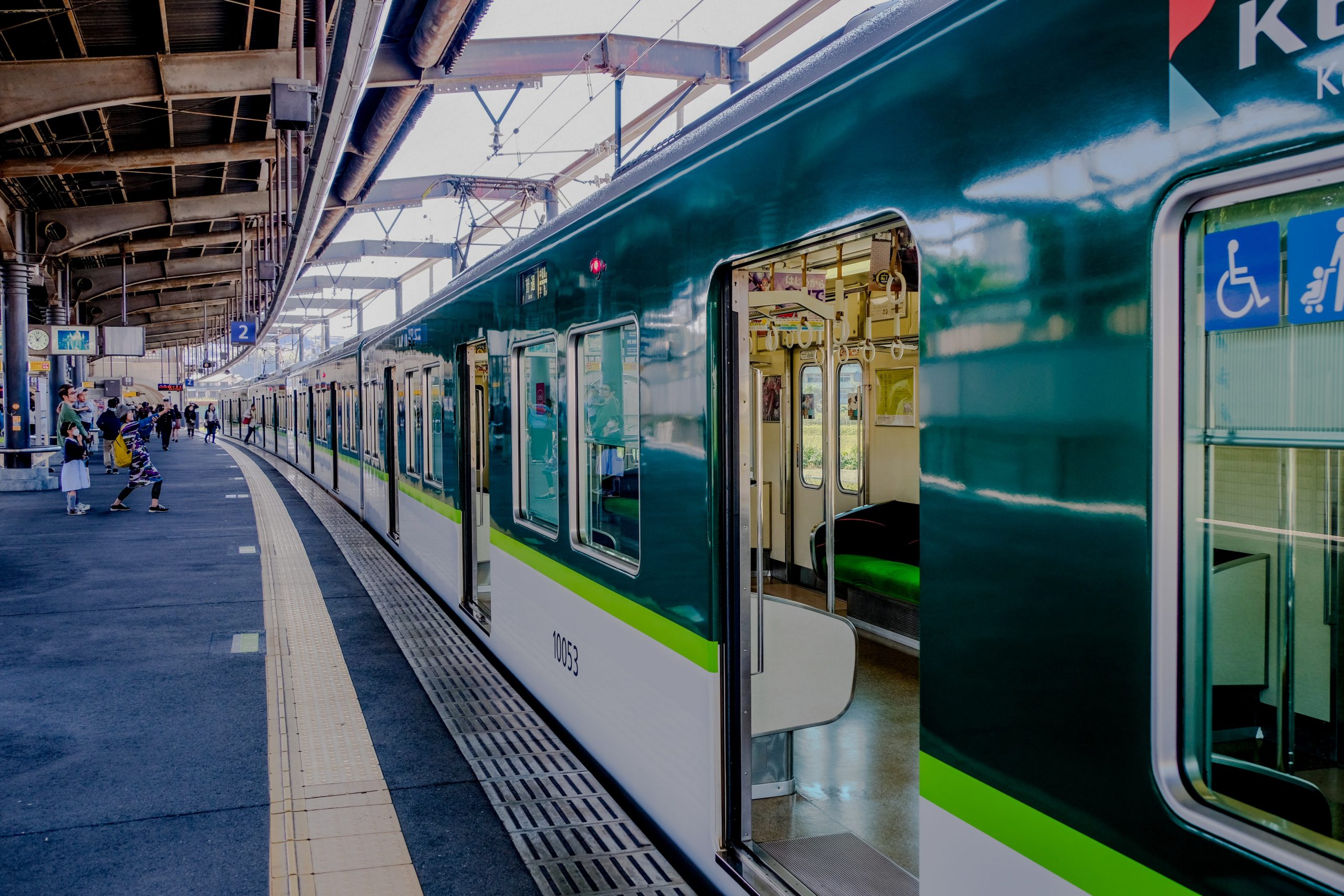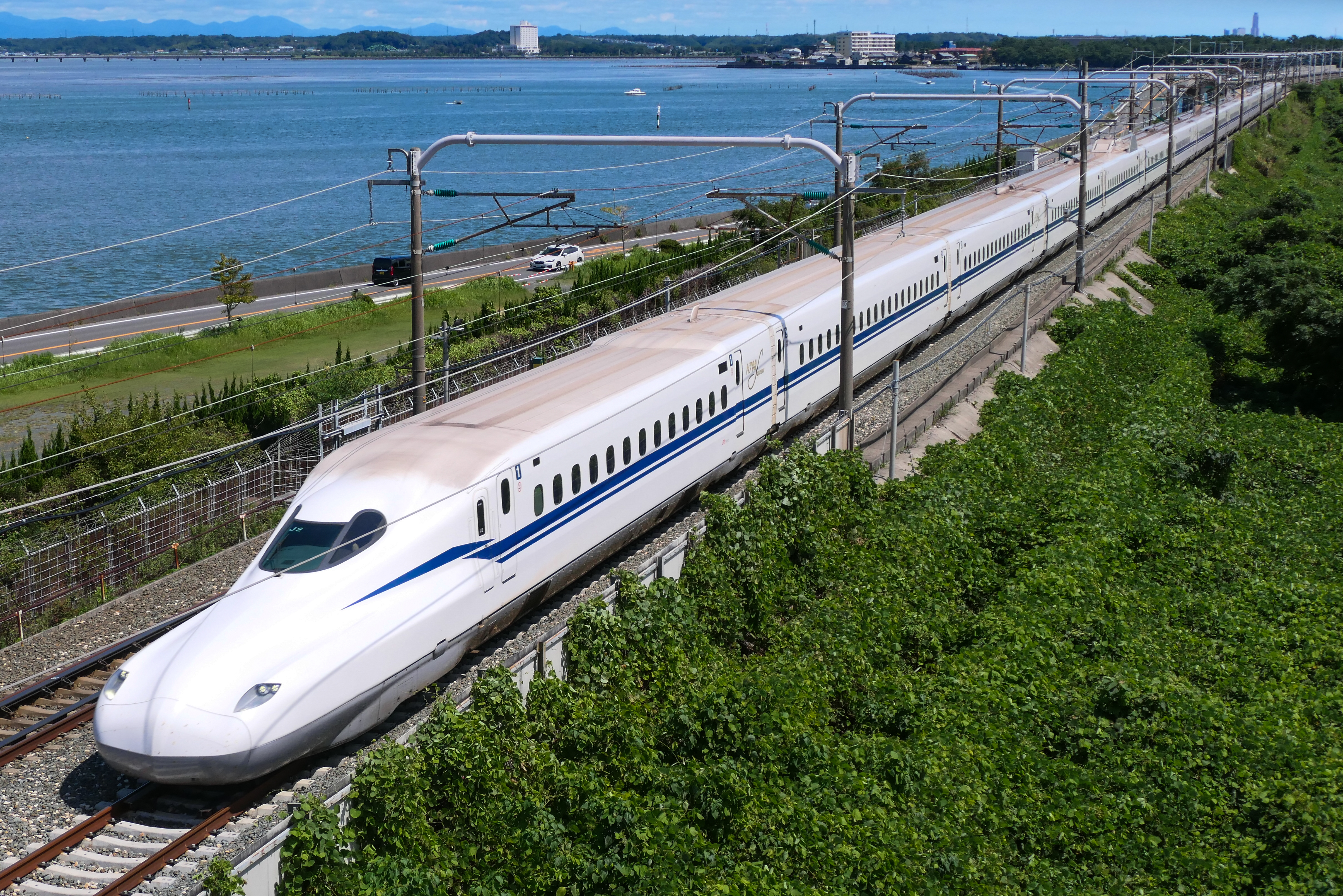Penn State: A More Wheelchair-Accessible Campus
Introduction:
Navigation and traveling through the Penn State University park campus should be an accessible and feasible experience for everyone, including people with walking disabilities who have no choice but to rely on a wheelchair. This is crucial for the disabled students to have an effective, safe and enjoyable experience in college, and become contributing individuals to the country’s economy.However, despite Penn State’s efforts towards improving the accessibility of the campus, the campus still contains significant challenges for wheelchair users. Those challenges harm the ability of the wheelchair users to fully engage in academic, social, and extracurricular activities as students of the Penn State University and upcoming contributors of the Society of the US. This shows how it is crucial and urgent for Penn State university to have a more inclusive and accessible university campus for disabled individuals.
Penn State must implement initiatives to enhance wheelchair accessibility on campus, which includes infrastructure improvements and transportation accommodations. In this issue brief, I will address the current problems wheelchair-using students experience in the university park campus of Penn State that prevents them from fully engaging in academic, extracurricular and social activities, why the current existing plan is insufficient and what potential improvements/changes could be made to make those disabled students have a more satisfying and safe experience.
Problem: The Struggles of Wheelchair-Using Students
The infrastructure and design of the University park campus of Penn State university presents many difficulties and challenges for the wheelchair users in their day to day life for traveling to class (or for extracurricular activities and social activities). These problems are as follows:
Reaching Classes on Time:
It is evident that the main campus of Penn State, the university park, is a large campus. Many buildings are scattered around and students sometimes have to walk long distances to reach their next classes on time. However, the problem is that some wheelchair-using students have to take even longer routes compared to regular students. This is due to some routes consisting of non-wheelchair friendly infrastructure such as stairs. This makes them lose even more time and can possibly lead to them being late for their next class. It is also important to note that this issue may also create social issues for these students, as they may not be able to walk and hang out with their non – disabled friends around campus as comfortably from class to class or on regular occasions which can create social issues for them, impacting their morale and possibly academic performance.
Navigating Buildings Without Clear Marking
Some disabled students can feel as if the wheelchair accessible entrances, elevators and exits in certain buildings, such as the paterno library and Sackett building, are not clearly marked and easy to find. This may cause issues such as losing time for wheelchair users, which can be harmful when in a hurry such as trying to reach a class. It is also safe to say that this would be dangerous for wheelchair users in emergencies such as a fire or gas leak that requires swiftly evacuating the building
Buildings that are Uncomfortable
Some buildings on the Penn State campus are also not well designed for wheelchair users. Spending time on these buildings can be unpleasant and uncomfortable for disabled individuals due to narrow spaces and tight corners. Some of these buildings also require assistance from non disabled individuals which can also make them unpleasant to be in.

This infographic demonstrates which buildings are accessible and how many of them can be accessed by wheelchair users without assistance. It can be inferred from this image that there are numerous buildings that require assistance for wheelchair users to navigate through. The problem with requiring assistance is that the arrival of an assistant may not be immediate and cause the students to lose time. Requiring assistance can also negatively affect the morale of these students, making them want to avoid these buildings altogether. The uncomfortableness of the buildings are also reflected in certain classrooms where only the back of the class is available for wheelchairs, putting disabled individuals in a disadvantageous position academically.
Existing plan:
It is important to note that Penn State has been making notable efforts to make its campus more wheelchair-accessible. It is something that Penn State considers as important and necessary and disabled students are valued which is a great thing. However, the existing efforts of Penn State – despite being very beneficial – is not sufficient which I will explain why.
Transportation Services
Penn state has transportation services that can help disabled individuals to navigate through the campus. A wheelchair-accommodating Catabus system that travels through campus is one of them. Thanks to this free service, wheelchair-using students are able to travel through the campus fast and without having to deal with steepness. However, despite being helpful, the timing and frequency of the Catabus may not be suitable for every schedule, which does not fully solve the “reaching class on time” issue for wheelchair users.
ADA Compliance:
Penn State adheres to the Americans with Disabilities Act (ADA) standards to ensure that facilities and services are accessible to individuals with disabilities which includes wheelchair users. This includes providing an elevator to every building so that disabled individuals that are unable to use the stairs can use them. In addition, ADA also mandates that an accessible entrance and exit for wheelchair users is present in every building, which Penn State also follows. Penn State has also taken steps to have accessible restrooms across campus buildings to facilitate mobility for wheelchair users. This way, disabled students can practically utilize and travel through every building.
However, despite complying with ADA standards, the problems mentioned above still persist. Although ADA makes every building accessible and wheelchair-friendly on paper, this is not always the case. Despite being accessible through a wheelchair, some buildings are still uncomfortable due to narrow corridors and tight corners and can require assistance (as stated above). A lot of buildings, especially older ones such as Sackett and Boucke building, only have one entrance that can be hard to reach during certain times (such as snow).
New and Improved Plan
Although the efforts of Penn State are significantly beneficial, they are still not sufficient. There is room for improvement that would significantly benefit wheelchair users in Penn State
Giving Free Lyft Rides for Wheelchair Users Within Campus
As mentioned, it can be a struggle for wheelchair-using students to go from class to class and the schedule of catabuses may not always be convenient for them. To fix this, allowing them to call and use a lyft(or uber) to reach their classes on time would be a significant help for them. Lyft has wheelchair-accessible rides that could be used by these students. This way, their stress of not reaching their class on time due to not being able to utilize shortcuts or catching a bus would decrease. This would also be extremely beneficial during important periods such as exam weeks. However, completely paying for all the lyft rides even on campus would not be economically feasible. Therefore, only limiting them to reaching class during weekdays would be necessary (although the problems they face on other times would persist).
Wheelchair-Accessible Renovation of Buildings
The buildings – especially older ones – being uncomfortable and difficult for wheelchair users is clearly a major problem that damages the experience of disabled students, despite them following ADA standards. To fix this, instead of only doing the bare minimum and simply following ADA, Penn State should directly work together with disabled students and renovate non-wheelchair-friendly buildings into more accessible ones. This way, it would be ensured that the buildings are wheelchair- friendly and comfortable. It would also make the buildings safer for them during emergencies as the exits would be easier to navigate to(thanks to the feedback of the wheelchair users).
Although this would be expensive and possibly time consuming, it would be a massive help for disabled students and make their campus experience remarkably better. This is because their negative experiences with being non-wheelchair-friendly would no longer be a negative aspect of the college. It would also increase the reputation of Penn state as a more wheelchair-accessible college, attracting more disabled students to enroll.
Conclusion
In conclusion, it is crucial for Penn State to enhance wheelchair accessibility on campus to create a more inclusive environment.While Penn State has made significant progress with ADA compliance for wheelchair accessibility, there is always room for improvement. Renovating buildings in a more wheelchair-accessible way by working together with disabled students, and providing lyft services for disabled students so that they can reach their classes on time would be among the solutions to make Penn State a better university for wheelchair users. It is essential to ensure that Penn State remains a welcoming and accessible environment for all individuals, regardless of their disabilities.
Sources:
“Page Title.” Plone Site, 19 Dec. 2023, equity.psu.edu/offices/student-disability-resources.
“Welcome.” Office of Equal Opportunity and Access, equalopportunity.psu.edu/. Accessed 26 Mar. 2024.
“Facilities Accessibility at University Park.” Penn State University Libraries, 4 Dec. 2023, libraries.psu.edu/about/accessibility/facilities-accessibility-university-park.
Cassie Kizis | The Daily Collegian, et al. “How Accessible Is Penn State’s Campus for Students with Disabilities?” The Daily Collegian, 22 Feb. 2018, www.psucollegian.com/news/campus/how-accessible-is-penn-state-s-campus-for-students-with-disabilities/article_35993c0e-1790-11e8-a534-3b9a64b338bb.html.
“The Americans with Disabilities Act (Diversity, Equity, and Inclusion).” Diversity, Equity, and Inclusion (Penn State College of Agricultural Sciences), 22 Feb. 2018, agsci.psu.edu/diversity/civil-rights/faculty-staff/ada.
“Page Title.” Plone Site, 28 July 2022, equity.psu.edu/offices/student-disability-resources/accommodations/accessible-transportation-and-parking.
Jordan Corley | The Daily Collegian, et al. “How Accessible Is Penn State for Students with Disabilities?” The Daily Collegian, 14 Nov. 2019, www.psucollegian.com/news/campus/how-accessible-is-penn-state-for-students-with-disabilities/article_5a613208-068b-11ea-a6ed-dff65b5ebb9e.html.
Amy Schafer | The Daily Collegian. “‘We Are Accessible’: Penn State Students, Faculty with Disabilities Share Experiences, Hopes for the Future of Campus.” The Daily Collegian, 23 Mar. 2023, www.psucollegian.com/news/we-are-accessible-penn-state-students-faculty-with-disabilities-share-experiences-hopes-for-the-future/article_dfcce784-c910-11ed-a7a7-0fca1cdcd4e0.html.
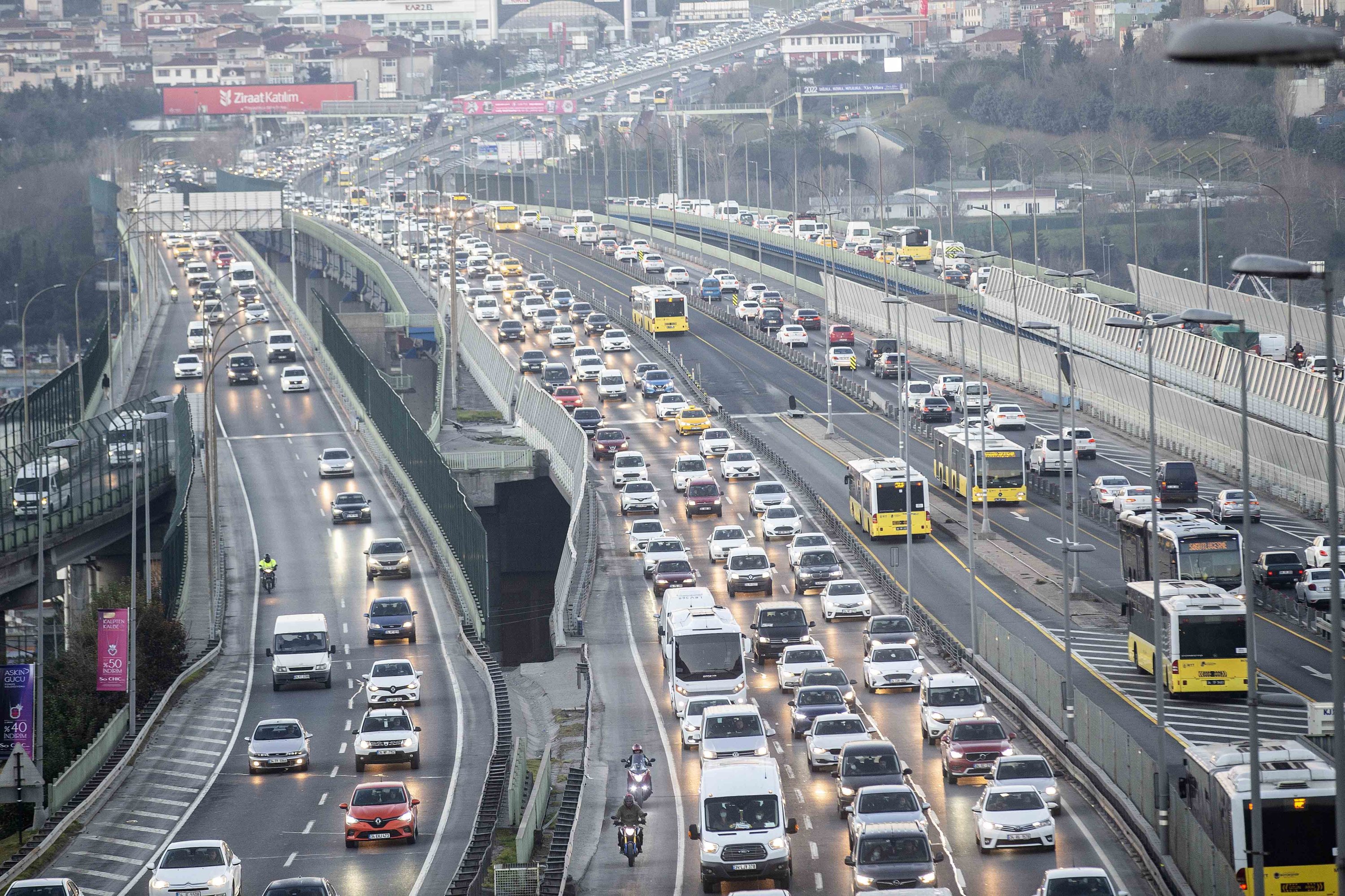
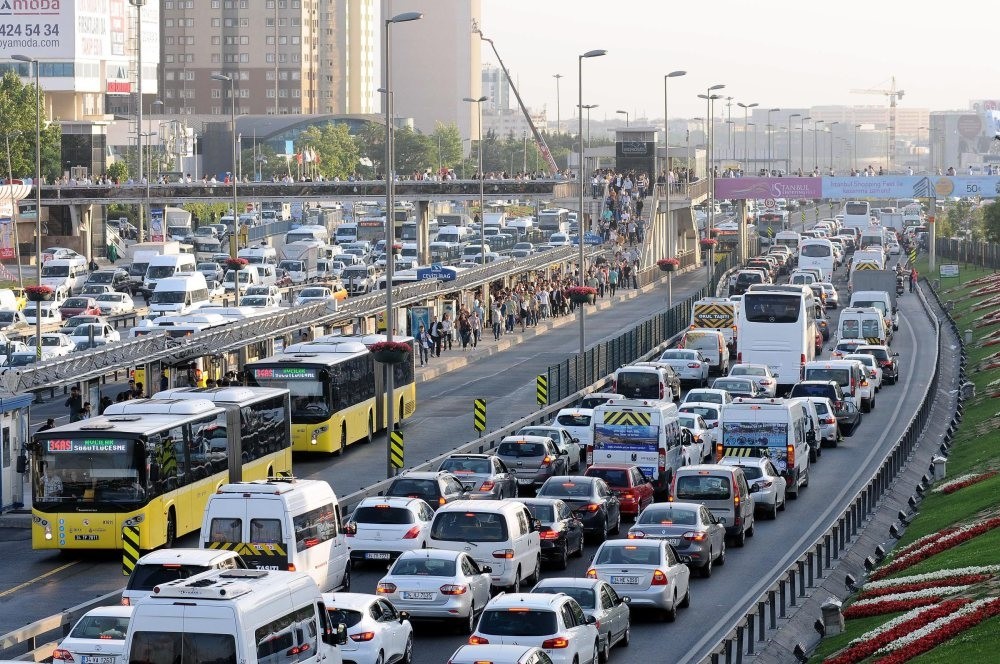

![From Chaos to Clarity: Unraveling Istanbul's Traffic Congestion Enigma [Part 3]](https://media.licdn.com/dms/image/D4D12AQEaAWKFh54-ow/article-inline_image-shrink_1000_1488/0/1688988003959?e=2147483647&v=beta&t=Ypfdfu81MaK9fbMrD2aRFmIvt0r2dRTPF9YYpbCUB8Q)

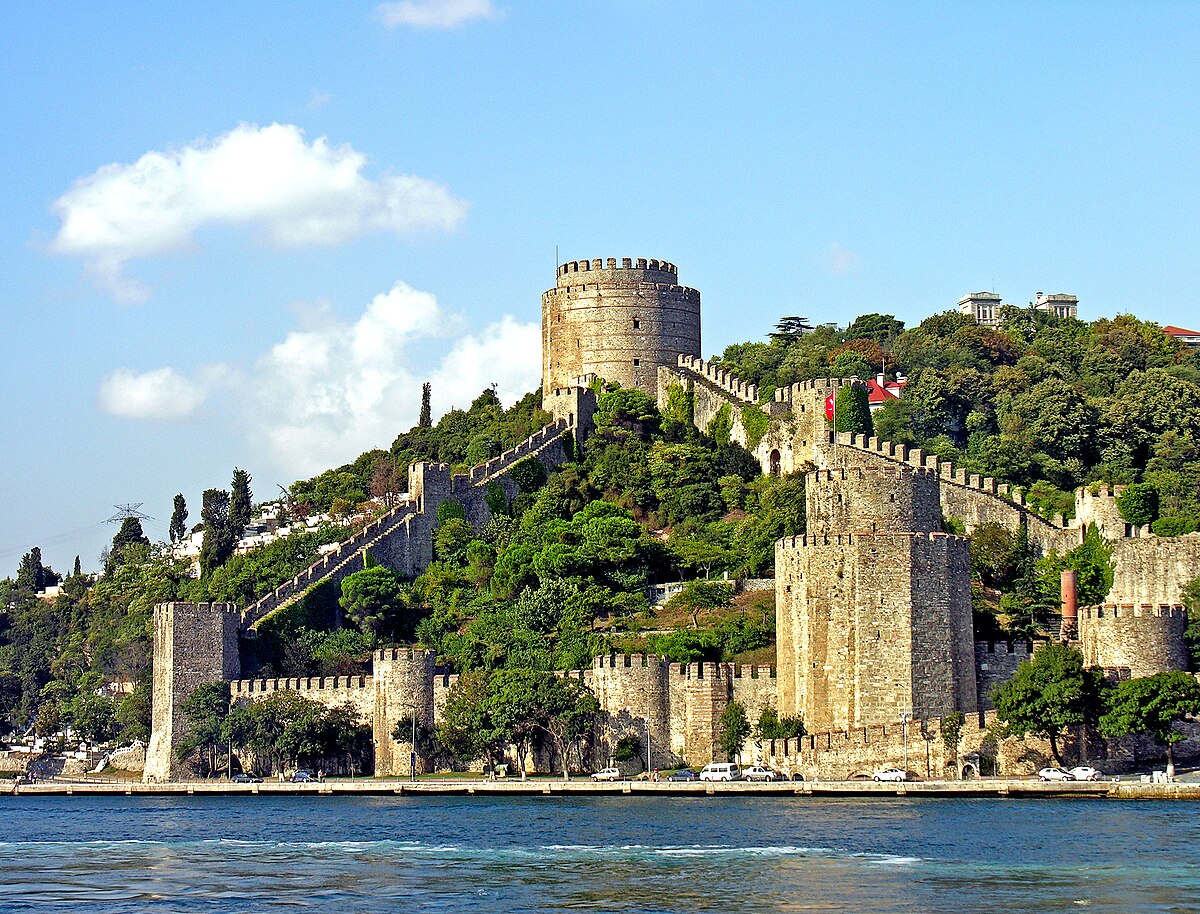
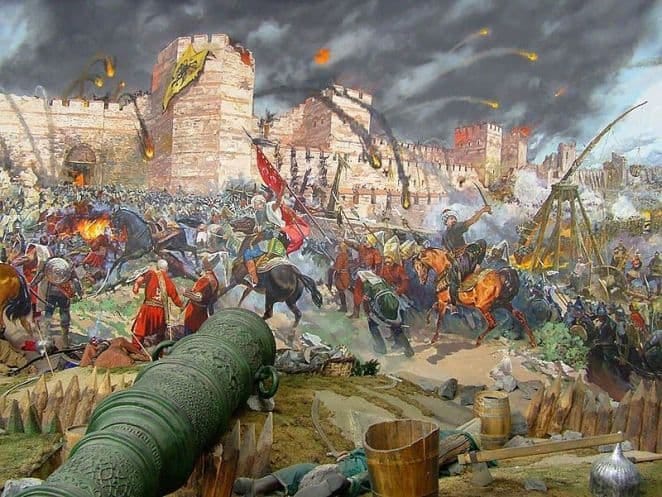



 The public transportation system of the country Japan is renowned worldwide for its efficiency, reliability and comfortableness. With it’s intricate network of subways, trains and buses, Japan’s transportation system should serve as an example to the other countries public transportation system. In this civic blog post, I will analzye and evaluate the public transportation system of Japan and understand what makes it excellent.
The public transportation system of the country Japan is renowned worldwide for its efficiency, reliability and comfortableness. With it’s intricate network of subways, trains and buses, Japan’s transportation system should serve as an example to the other countries public transportation system. In this civic blog post, I will analzye and evaluate the public transportation system of Japan and understand what makes it excellent.